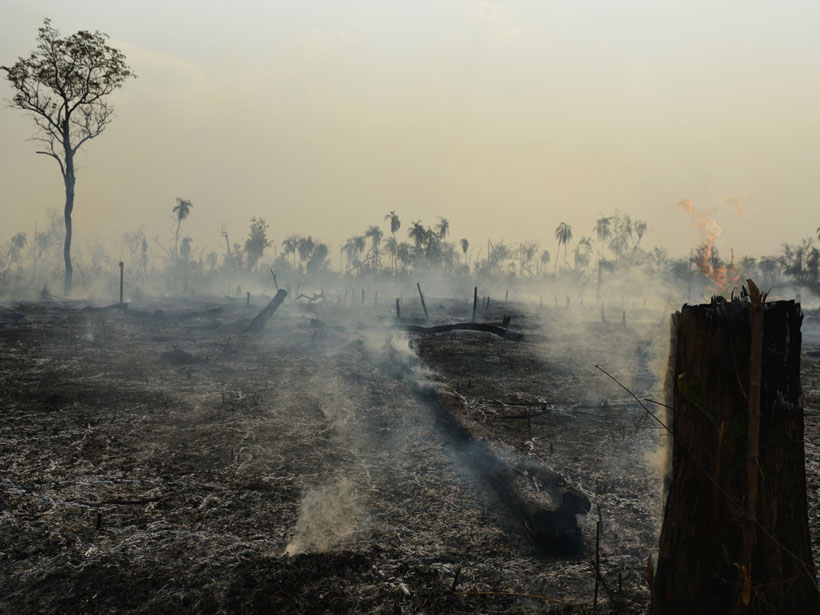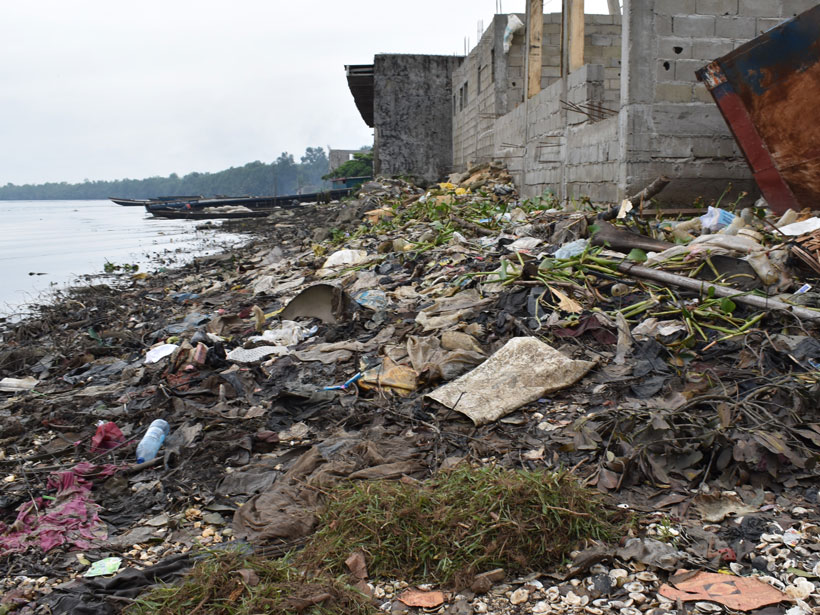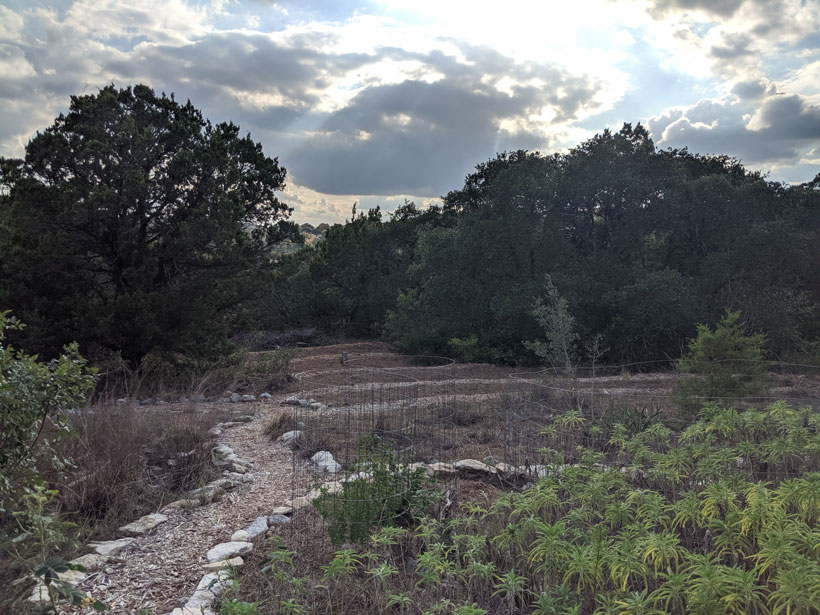A new study looks into how air movement in the atmospheric boundary layer affects ozone removal by deciduous forests, which are a significant ozone sink.
forests
Planning and Planting Future Forests with Climate Change in Mind
The climate is warming too fast for some trees to catch up. Planting seeds from warmer regions can bolster future forests, but that requires a significant shift in forestry practice.
The Rain Forest Can Recover After Fire, but It’s Not the Same
New research finds that temperatures rise in the Amazon rain forest after a fire, even in areas that are not converted to agricultural land or pastures.
Cameroon’s Mangrove Forests Are Choking on Plastics
Rapid urbanization and insufficient waste management are threatening the environmentally and culturally vital Wouri Estuary. Solutions are needed to save these and other mangroves around the world.
Tropical Carbon and Water Observed from Above
Satellite observations show how tropical forest carbon fluxes respond to changes in water from climate variability.
Coastal Flooding Enhances Methane Buildup in Forests
Increased seawater exposure from flooding and storms is altering how coastal forests cycle methane, leading to more greenhouse gas accumulation in tree stems and soil.
Community Forests Prepare for Climate Change
Cities across the United States are feeling the heat as they struggle to integrate climate science into on-the-ground decisionmaking regarding urban tree planting and management.
Tree Rings Reveal How Ancient Forests Were Managed
By analyzing thousands of oak timbers dating from the 4th to 21st centuries, scientists have pinpointed the advent of a forest management practice.
Hurricane Maria Killed Mangroves Months After Storm
An overgrown channel between a lagoon and the ocean on the Puerto Rican island of Vieques created a backup of freshwater, disrupting the delicate balance of salinity in coastal mangrove forests.
Lyme Disease and the Dangers of the Forest Edge
Living near a forest edge may be an important risk factor for Lyme disease; these liminal spaces provide the perfect habitat for one of the black-legged tick’s favorite hosts.










